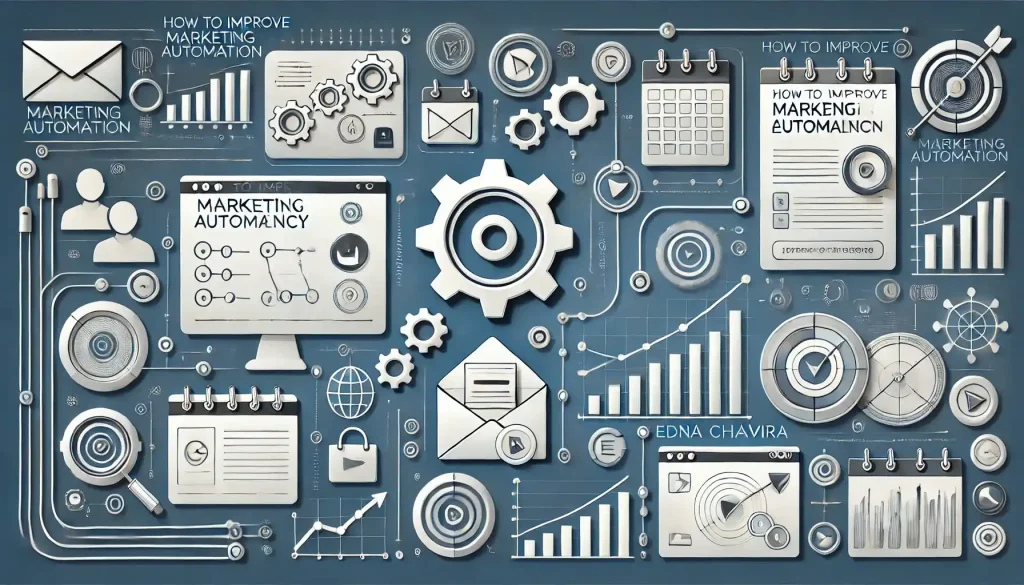Reaching B2B audiences is increasingly difficult with rising competition and evolving digital trends. Small teams can use account-based marketing (ABM) to optimize targeting and maximize ROI.
Benefits of ABM for Small Teams
- Targeted Campaigns: Meet unique customer needs by focusing on individual accounts.
- Tailored Engagement: Personalized messaging boosts conversion chances.
- Alignment: Enhances collaboration between sales and marketing.
- Resource Efficiency: Reduces unnecessary spending and increases ROI.
- Real-Time Optimization: Track performance and adjust campaigns as needed.
ABM Strategies for Small Teams
- 1:1 Strategy: Highly personalized for individual accounts but resource-intensive.
- 1
Strategy: Targets small account groups with partial personalization. - 1
Strategy: Automated, broad targeting with personalized ads for multiple decision-makers.
Identifying Target Accounts
- Understand Your Market: Develop an Ideal Customer Profile (ICP).
- Analyze Customers: Find patterns in your current customer base.
- Work with Sales: Collaborate to understand customer needs and drive conversions.
Creating an ABM Campaign
- Personalized Ads: Use data insights for custom messaging.
- Landing Pages: Align landing pages with customer pain points.
- Email Automation: Guide prospects through the sales funnel with automated sequences.
Measuring ABM Success
- Engagement Rates: Monitor email opens and click-throughs.
- Conversion Rates: Track funnel progress and sales interactions.
- Collect Feedback: Use surveys and sales insights to refine strategies.
Start Small, Grow Fast: Begin with a 1:1 strategy to engage high-value accounts with tailored content, ensuring sustainable growth and competitiveness.

